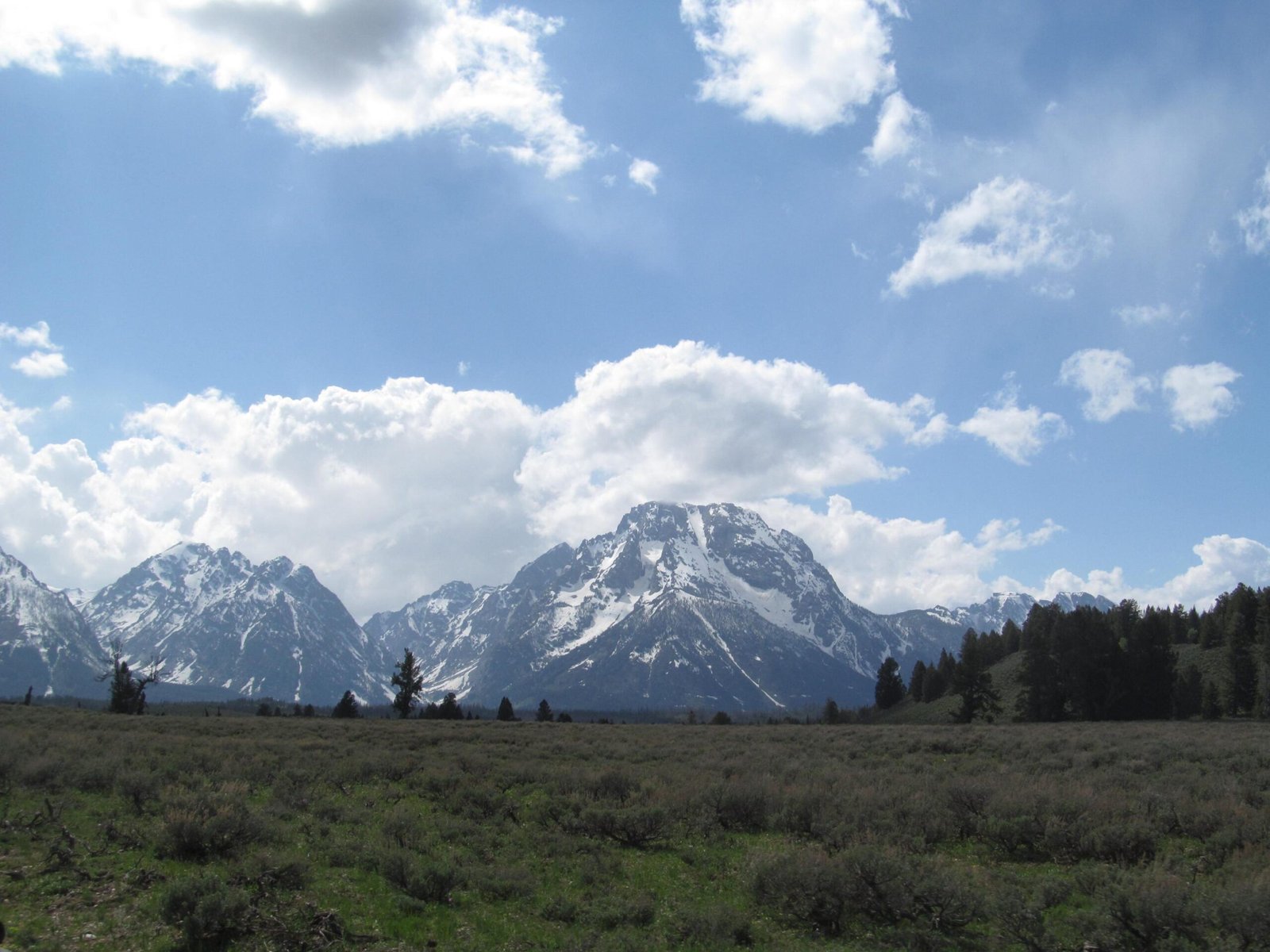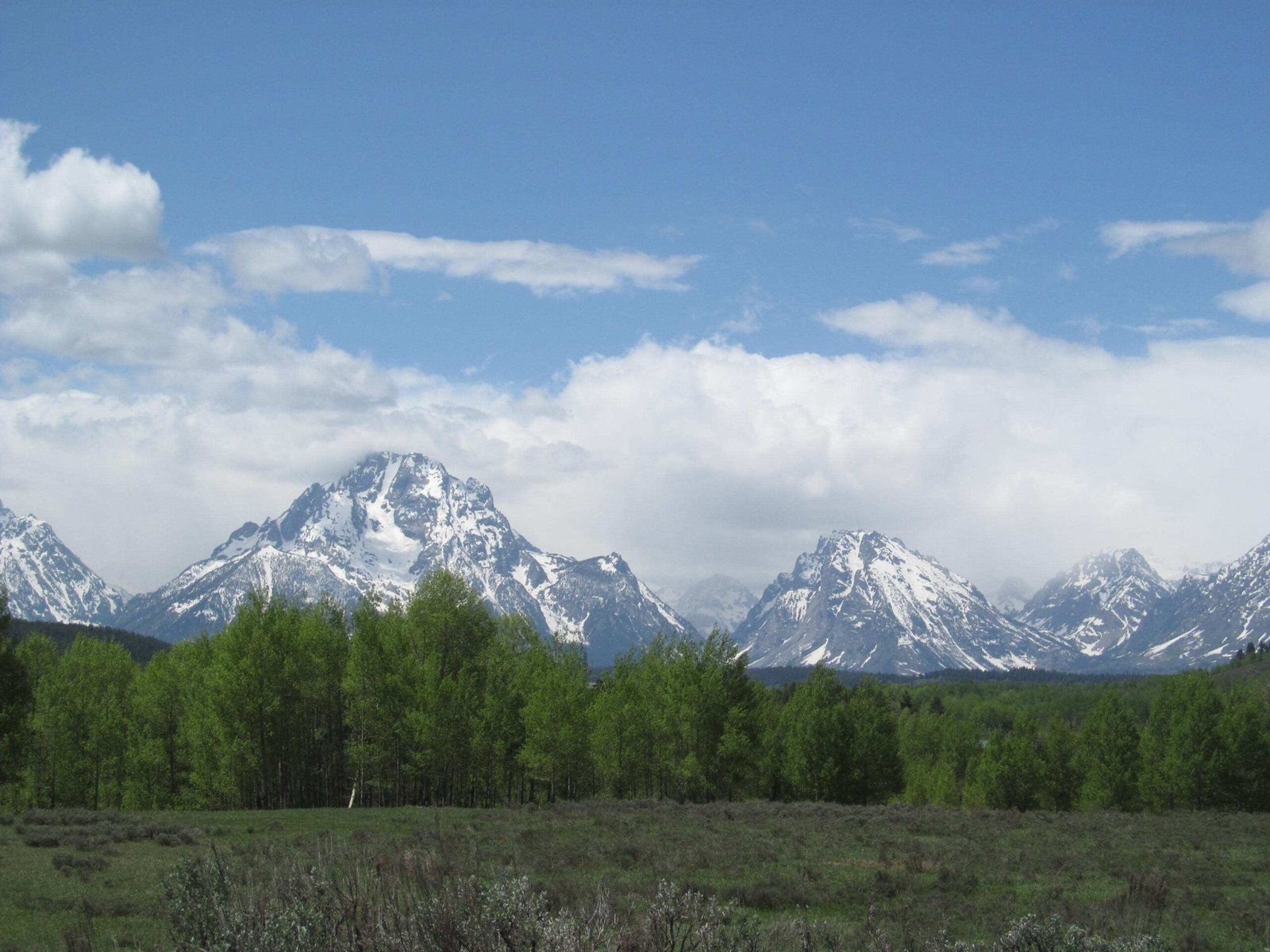Grand Teton National Park requires backcountry travelers to use bear-resistant food storage containers to protect both wildlife and humans. These mandatory canisters prevent bears from accessing human food, reducing potential dangerous encounters and preserving the delicate ecosystem of the park’s wilderness areas. Understanding and implementing proper bear canister protocols is crucial for safe and responsible backcountry exploration.
What Are Bear Canister Requirements in Grand Teton?

Bear canisters in Grand Teton National Park are not optional—they’re a critical safety measure. The park mandates specific guidelines for backcountry food storage to minimize human-bear interactions and protect wildlife habitats.
Key Regulations for Bear Canister Use
| Requirement | Details |
|---|---|
| Mandatory Areas | All backcountry locations below 10,000 feet |
| Approved Models | IGBC-certified canisters only |
| Restricted Items | Ursack brand bags not permitted |
Where Can Hikers Obtain Bear Canisters?
Visitors have multiple options for acquiring bear canisters in Grand Teton:
- Free Rental Locations:
- Craig Thomas Discovery and Visitor Center
- Jenny Lake Ranger Station
-
Colter Bay Visitor Center
-
Recommended Canister Models:
- BearVault BV350
- BearVault BV400
- Backpacker Model 812-C
- The Bear Keg
How Should Bear Canisters Be Properly Used?

Proper bear canister usage involves more than simply owning one. Hikers must follow specific guidelines:
- Store all food and scented items inside the canister
- Place canister at least 100 yards from campsite
- Position canister on ground, away from water sources
- Ensure canister remains closed when not actively retrieving items
Critical Storage Techniques
Effective bear canister management requires strategic placement:
- Distance: Minimum 100 yards from sleeping area
- Terrain: Avoid steep slopes or water proximity
- Orientation: Ensure canister cannot roll away
- Temperature: Keep away from direct sunlight
What Makes an Ideal Bear Canister?
The best bear canisters for Grand Teton share several characteristics:
- Lightweight (under 3 pounds)
- Minimum 500 cubic inches capacity
- Hard-sided construction
- IGBC certification
- Durable polycarbonate material
Recommended Canister: BearVault BV500
| Feature | Specification |
|---|---|
| Weight | 2.75 pounds |
| Capacity | 500 cubic inches |
| Material | Polycarbonate |
| Approval | IGBC-certified |
What Happens If Regulations Are Not Followed?
Non-compliance with bear canister regulations can result in:
- Potential fines
- Mandatory backcountry permit revocation
- Increased risk of dangerous wildlife encounters
- Potential ecological disruption
Pro Tips for Bear Canister Success
- Test canister before trip
- Practice opening/closing mechanism
- Pack efficiently to maximize space
- Consider weight distribution in backpack
Conclusion
Utilizing bear canisters in Grand Teton National Park is not just a recommendation—it’s a critical safety protocol. By following these guidelines, hikers protect themselves, fellow travelers, and the park’s remarkable wildlife ecosystem.

